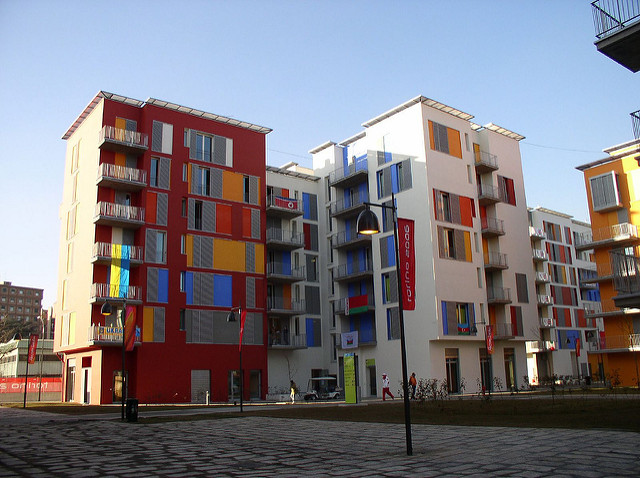
Ever wonder what happens to Olympic villages once the athletes and spectators leave? Some thrive, and some end up as ghost towns.
Turin, Italy’s village has taken an interesting turn. The city tried to make an international name for itself with the 2006 Olympic Winter Games. Sociologist Sergio Scamuzzi, a member of an academic Games-monitoring group called the Olympics and Mega Events Research Observatory, told the Guardian that the Olympics “gave an opportunity to the inhabitants to be proud of the city, of its capacity for innovation, its capacity to organise such a big event.” Soon after the games ended, however, the area was almost abandoned.
Today, Turin’s Olympic village hosts more than 1,000 refugees from over 30 countries. Many of these occupiers were migrant workers from African countries who found themselves out on the streets in 2013, when Italy’s Emergency North African program ended abruptly, and some still survive on seasonal labor farm jobs. The village now features a weekly pop-up medical clinic, common spaces for office and legal advice drop-ins, language classes, barber shops, restaurants, and stores. However, many of the buildings are overcrowded and falling apart. Plans to redevelop the area have been made, and eviction orders have been issued by the government.
The actual eviction of so many seems almost impossible, and residents continue their daily lives despite the threat. According to a resident formerly from Senegal, “For now it’s just words, no one knows what will happen.” In the meantime, an international community lives on in the dormitories and cafeterias that once hosted international athletics’ elite.







 According to the
According to the 